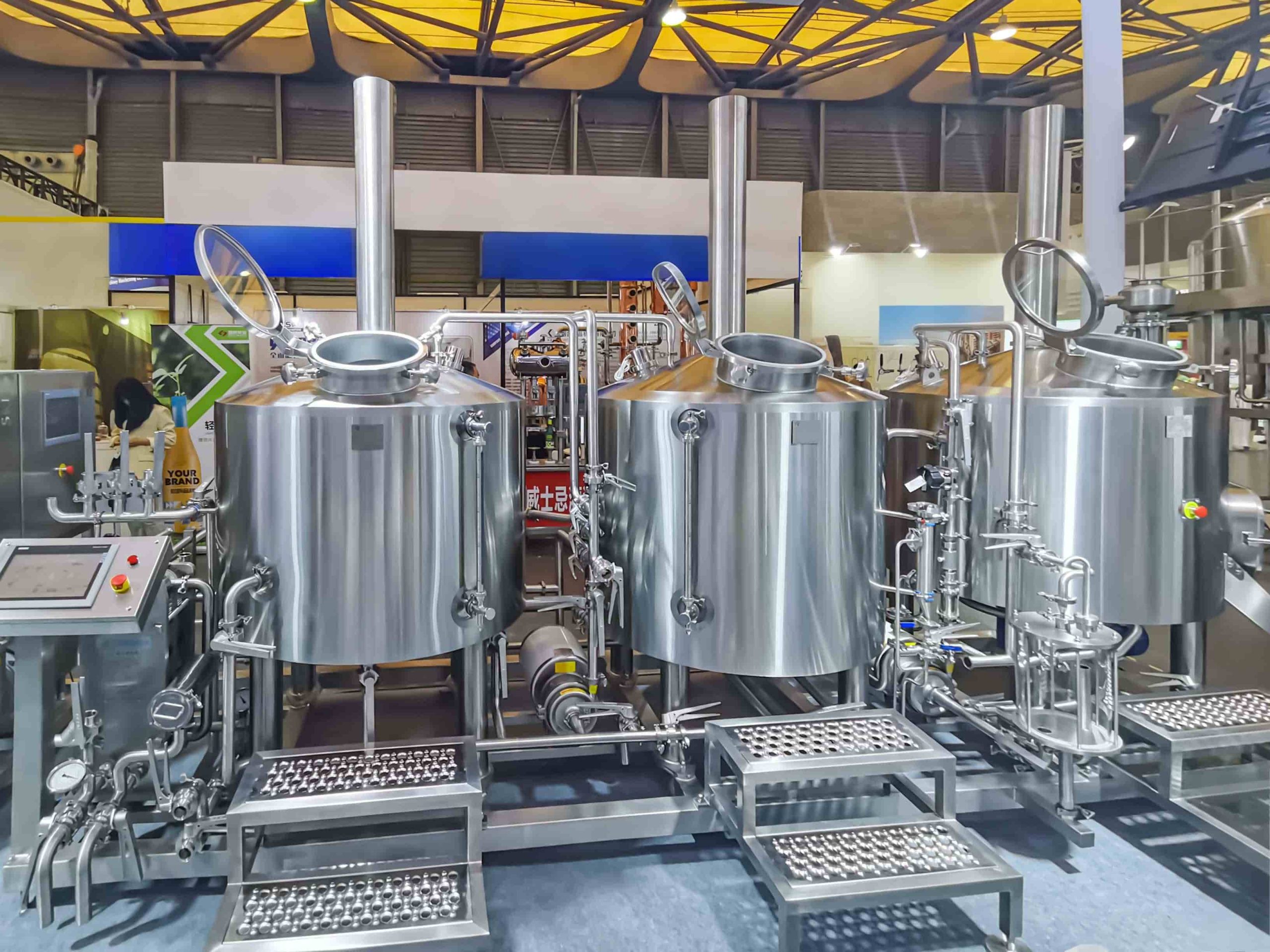”
The Importance of Beer Brewing Temperature
Beer brewing temperature plays a crucial role in the overall brewing process. It influences fermentation rates, yeast performance, and the eventual flavor and aroma of the beer. Maintaining the right temperature can make the difference between a mediocre brew and an outstanding one. With our state-of-the-art brewing equipment at SKE, you can precisely control the temperature throughout the brewing stages, ensuring optimal results every time.
Understanding the importance of brewing temperature also allows homebrewers and commercial breweries alike to experiment with different styles and flavors of beer. For instance, lighter styles like lagers often require cooler fermentation temperatures, while ales thrive in warmer settings. This controlled environment is easily achievable with equipment designed for precision.
For a deeper dive into specific brewing equipment that assists in maintaining these temperatures, explore our product information page.
Optimal Temperature Ranges for Brewing
The optimal temperature ranges for brewing can vary significantly based on the type of beer you are aiming to produce. Generally, ales ferment best between 60°F and 75°F (15°C – 24°C), while lagers thrive at temperatures between 45°F and 55°F (7°C – 13°C). Understanding these ranges is essential in achieving the desired flavor profile and fermentation level.
Acquaint yourself with your recipe’s requirements and remember that training your palate can help you understand how slight variations can affect the overall outcome of your brew. Investing in high-quality brewing systems from SKE can significantly ease this learning curve by providing reproducible temperature control.
For more tips on the best practices for brewing various types of beer, please check out our article on brewing best practices.
Factors Affecting Brewing Temperature
Several factors can affect brewing temperature, including environmental conditions, the type of yeast used, and even the specific beer styles being brewed. External temperatures can inadvertently affect the fermentation process, so it’s essential to keep your brewing environment controlled and consistent.
Additionally, different yeasts have different temperature tolerances. For instance, some may begin to produce off-flavors if the temperature rises too high. This is why understanding your yeast strain and its temperature profile is vital to successful brewing.
At SKE, we advocate for using insulated fermentation vessels to maintain stable temperatures. These vessels can safeguard your brew against sudden temperature fluctuations, making them an invaluable addition to your brewing toolkit. Explore our selection of fermentation vessels for optimal performance.
Techniques for Managing Brewing Temperature
Managing brewing temperature can be achieved through several techniques. One effective method is using a temperature controller that links to your fermentation vessel. This setup allows you to monitor and adjust temperatures automatically, providing peace of mind for both novice and experienced brewers.
Another technique is the use of water baths for cooling or heating your fermentation vessels. A simple immersion chiller can aid in quickly reaching the desired temperature for cooling fresh wort, thus providing high-quality fermentation conditions instantly.
Moreover, utilizing products like those from SKE can simplify this process. Our equipment is designed with the brewmaster’s needs in mind, enabling precise temperature control to yield perfect brews over and over again. To understand more, visit our temperature control tools page.
Common Questions about Brewing Temperature
What is the best temperature for brewing beer?
The best temperature for brewing beer varies by style; ales are typically brewed between 60°F and 75°F (15°C – 24°C), while lagers are brewed between 45°F and 55°F (7°C – 13°C).
How does temperature affect beer flavor?
Temperature can significantly impact yeast performance, influencing fermentation rates and the production of esters and phenols that contribute to beer flavor and aroma.
Can I brew beer outside in winter?
Yes, but you must manage temperature fluctuations closely to prevent the beer from going outside optimal ranges. Insulated fermentation vessels can help maintain consistent temperatures.
Contact Us
Have more questions about beer brewing temperatures or need assistance with our products? Follow us on Facebook or contact us via email. We’re here to help you brew the best beer!
Email: info@skeequipment.com
Fill out our contact form below to get started!
”

